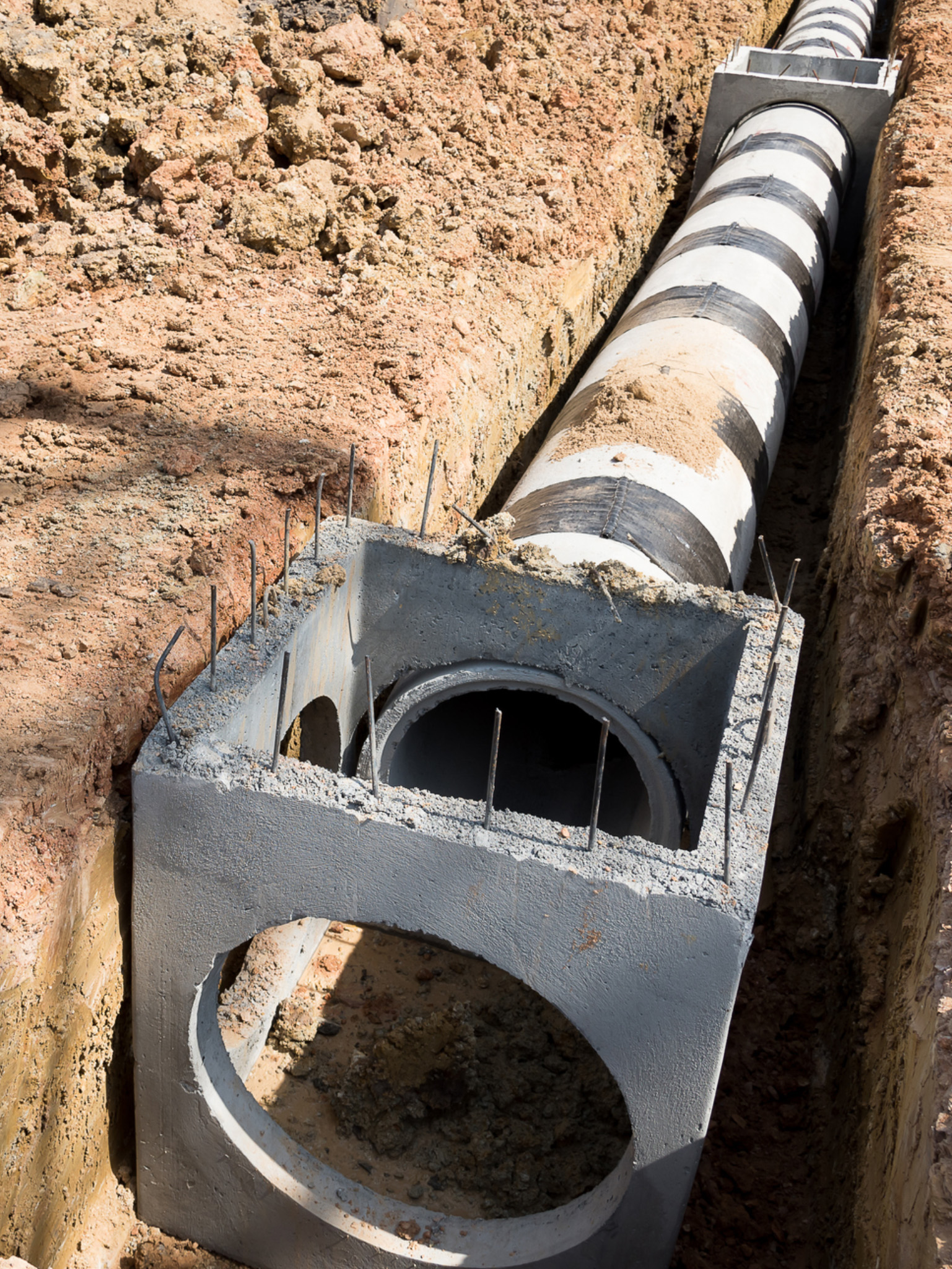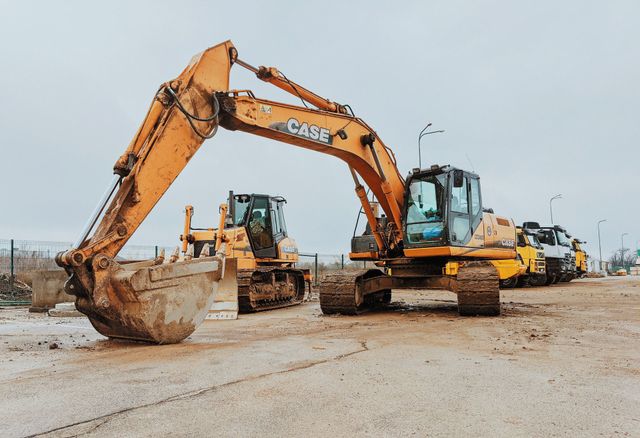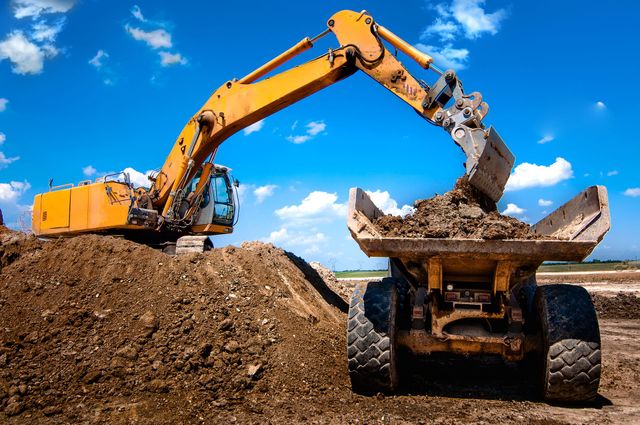Septic Ohio - Comprehensive Septic Tank Providers in Ohio
Septic Ohio - Comprehensive Septic Tank Providers in Ohio
Blog Article
Revealing the Art of Excavation: Pro Tips for Safe and Effective Excavating
As soil is transformed and earth is relocated, the ins and outs of excavation expose themselves, requiring an eager understanding of equipment, dirt composition, security methods, and ecological factors to consider. The experience required to browse these aspects properly can imply the distinction in between a successful excavation job and a potential catastrophe.
Relevance of Correct Equipment
To make certain the safety and effectiveness of any kind of excavation project, making use of the appropriate devices is extremely important. The right tools not only boost productivity but also mitigate dangers related to excavating. Excavation projects differ in scope and complexity, ranging from little household landscaping tasks to large-scale building endeavors. Despite the task size, having the correct equipment can make a substantial distinction in the outcome.
These flexible machines come in different sizes to suit various job requirements. Miniature excavators are perfect for smaller jobs, while larger excavators take on a lot more comprehensive tasks effectively.
Apart from excavators, various other important equipment consists of dump trucks, excavators, and trenchers. Discard trucks are important for eliminating and moving excavated products, while trenchers are utilized for excavating deep and slim trenches. Bulldozers master tasks that need pressing huge amounts of dirt or debris. By purchasing the appropriate equipment, excavation tasks can be completed safely, promptly, and with precision.
Understanding Soil Composition
A detailed grasp of soil composition is essential for carrying out excavation projects with precision and security. Comprehending the different types of soil is important as it directly affects excavation approaches, tools option, and total task performance.
Sand fragments are the biggest and give excellent water drainage yet provide little cohesion. Silt fragments are smaller sized than sand yet bigger than clay, using moderate drainage and cohesion. Clay particles are the smallest and offer high cohesion however poor drainage. Raw material, such as rotting plant material, affects soil fertility and security.
Before starting excavation, performing soil tests to determine its structure and attributes is necessary. This information aids in picking the suitable equipment, implementing precaution, and developing excavation approaches tailored to the specific dirt problems - excavating ohio. By recognizing soil composition, excavation professionals can boost project end results while guaranteeing security and adherence to ideal methods
Safety Steps and Methods
Comprehending dirt composition is the keystone whereupon precaution and protocols for excavation tasks are developed, ensuring the health of workers and the success of the venture. When it comes to security throughout excavation, there are several vital steps that have to be executed to alleviate risks and avoid crashes.
Primarily, prior to any kind of excavating begins, a complete inspection of the website should be conducted to recognize any potential risks such as underground utilities, unsteady soil conditions, or neighboring frameworks that can posture a danger. It is vital to have a qualified person supervise the excavation process to make sure that all security procedures are followed purely.
Moreover, all employees associated with the excavation must be appropriately learnt secure digging practices and the appropriate procedure of equipment. Personal safety devices (PPE) such as difficult hats, high exposure clothing, gloves, and safety and security boots need to be Look At This worn whatsoever times to minimize the risk of injuries. septic ohio. Regular safety meetings and toolbox talks must additionally be carried out to maintain all workers notified regarding possible hazards and strengthen risk-free work techniques. By sticking to these security steps and methods, excavation jobs can be finished effectively and without occurrence.
Effective Excavation Preparation
When getting started on an excavation project, thorough planning is crucial to make sure performance, security, and successful results. Reliable excavation planning involves a number of vital actions that are critical for the smooth execution of the job.
As soon as the site evaluation is total, the following step is to produce a clear timeline and timetable for the excavation tasks. This consists of determining the series of jobs, equipment demands, and workforce allocation. Appropriate organizing helps prevent hold-ups and makes certain that the project remains on track.

Furthermore, interaction amongst all group members is critical during the planning stage. Clear directives, routine updates, and efficient sychronisation are vital for an effective excavation task. By spending effort and time in careful preparation, excavation groups can considerably enhance productivity, reduce dangers, and achieve successful end results.

Handling Ecological Factors To Consider
With enhancing focus on environmental sustainability in building and construction methods, managing ecological considerations has ended up being an important element of excavation tasks. Excavation activities have the possible to affect the surrounding environment with dirt disintegration, sediment drainage, habitat disturbance, and contamination of water sources. To minimize these risks, it is necessary to carry out finest techniques that prioritize ecological protection.

Moreover, appropriate waste administration is vital to stop dirt and water contamination. Applying treatments for the disposal of unsafe products, recycling of waste materials, and lessening making use of dangerous chemicals can substantially lower the environmental impact of excavation projects. By incorporating these methods into excavation planning and implementation, building and construction firms can ensure that their tasks are not just risk-free and productive yet additionally eco accountable.
Final Thought
In conclusion, understanding the art of excavation calls for a detailed understanding of appropriate devices, soil make-up, precaution, and effective preparation. By complying with these guidelines and taking into consideration ecological elements, excavations can be performed securely and successfully. It is vital to prioritize security and efficiency in every excavating project to make certain effective end results.
As dirt is transformed and planet is moved, the ins and outs of excavation reveal themselves, requiring a keen understanding of tools, dirt composition, safety and security protocols, and ecological considerations.To make certain redirected here the safety and performance of any type of excavation task, using the ideal equipment is extremely important.A comprehensive grasp of soil structure view website is basic for carrying out excavation tasks with accuracy and safety. Comprehending the various kinds of dirt is important as it straight impacts excavation approaches, equipment choice, and overall project performance. By understanding dirt make-up, excavation professionals can improve task results while guaranteeing safety and security and adherence to finest practices.
Report this page